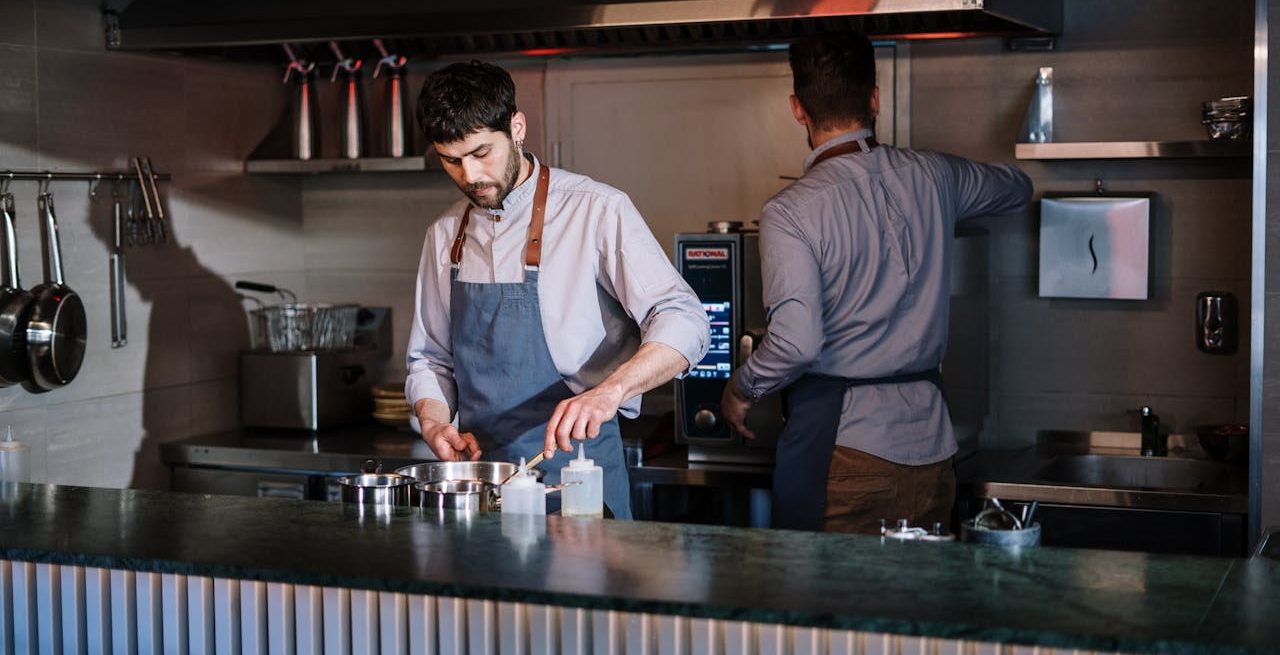Building a Culture of Consistent Foodservice Safety
3 Min Read By Marissa Tekirian
Professionals in the restaurant industry are acutely aware of the importance of food safety, but its day-to-day implementation continues to be a challenge. Research shows that out of two million restaurant inspections between September 2022 and 2023, handwashing was the most common FDA food code violation (six percent), and 5.6 percent of violations were due to inadequate sanitization of food contact surfaces.
While these percentages may seem low, they add up to at least 120,000 restaurants across the country that have been cited for these types of issues. A contributing factor is the staff’s understanding and execution of food safety and hygiene best practices. For restaurant operators, it’s important to understand what is driving this “knowledge gap” and the steps they can take to close it.
Training and education around hygiene and food safety continue to be a standard, but there are further steps managers can take to guarantee the safest, most hygienic, and highest-quality experience for guests. Read on to learn what’s driving the food safety knowledge gap and what leaders can do to optimize how they are operating safe and hygienic restaurants.
Setting staff up for success with regular training
While many are familiar with trainings– where food safety and proper hand hygiene are often discussed – there's no question staff can become laxer over time on food safety measures they were trained in at the beginning of their jobs. And as 87 percent of restaurants report staffing issues, new-to-the-industry talent may require additional education around food safety and proper hygiene. In this context, it’s crucial to regularly train employees in things like hand hygiene. Go beyond “day one” trainings and instead provide regular training checkpoints and demonstrations of proper hand hygiene.
Identifying food safety and hygiene gaps in staff workflow
After considering the gaps in staff educational processes related to food safety, it’s helpful to determine what gaps currently exist in the workflow of your restaurant’s day-to-day operations.
The Center for Disease Control (CDC) found that workers wash their hands when they should about one in three times, and moreover, only one in four workers washed their hands after preparing raw animal products or handling dirty equipment. Just one in ten workers washed their hands after touching their face or body. Seeing these shocking statistics is a helpful reminder of why it’s important to pay closer attention to hand hygiene as you consider your staff workflow and where the biggest gaps are.
Overhauling your restaurant’s routines all at once is overwhelming and can lead to more issues than solutions. Instead, take a step back and audit your current food safety and hygiene practices. Observe and consider how frequently practices like handwashing and surface cleaning occur. If needed, implement further training or mandates for handwashing, equipment, and surface cleaning, and make sure staff understand the importance of focusing on hygiene and food safety. It’s also important to engage partners that offer services, such as hygiene consulting, in addition to products. Bringing in a hygiene expert can allow your team to not only make sure staff always have the hygiene tools they need, but also helps operators, managers, and chefs discover ways to improve staff retention, save costs and do more with less throughout the restaurant.
Building a workplace culture that values food safety
Food safety works best when everyone is committed to it together. Restaurant leaders can consider how to inject a value for food safety and hygiene into the workplace culture in the stories they share with their team and how they go about their daily on-site activities. This can also include making small changes that you prominently discuss with your team, such as providing staff with checklists to keep up with routine cleaning and sanitizing recommendations for high-touch and food contact surfaces such as door handles, countertops and light switches.
Another small change can be how you organize the workspace, so cleaning products are readily available, and then how leaders go about discussing that space change to staff. Ultimately, team members are more likely to practice proper food safety and hygiene when materials are easily and readily accessible – the CDC even found that workers are more likely to wash hands in restaurants with more than one hand sink and with a hand sink where the worker can see it. Beyond access to sinks and soap or sanitizer, ensure that cleaning products like wipes and sanitizers are located near food preparation and service areas.

